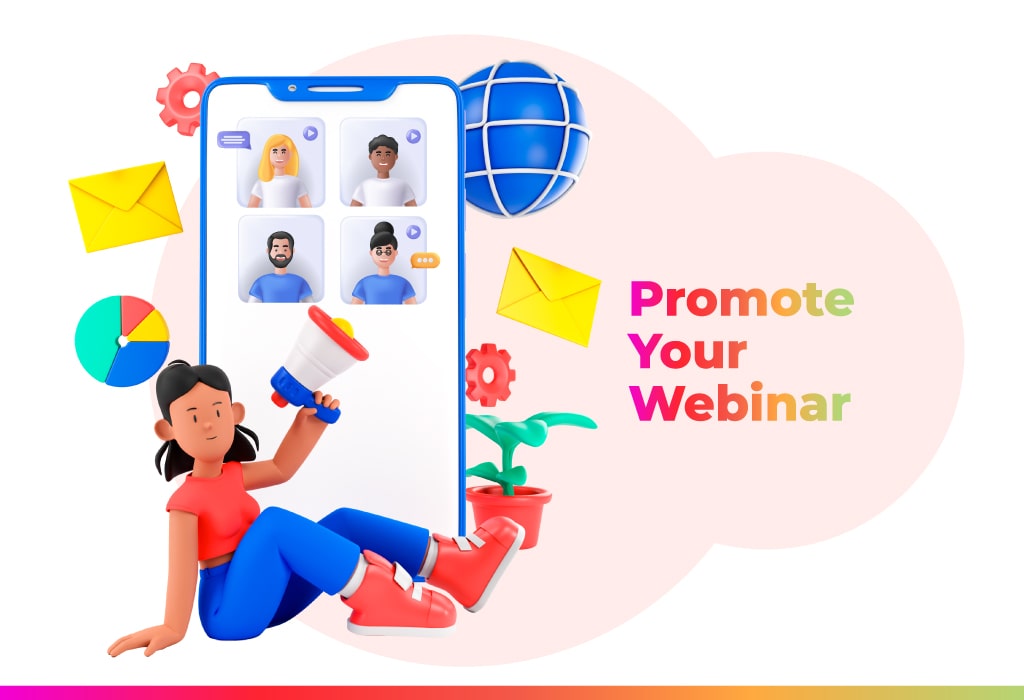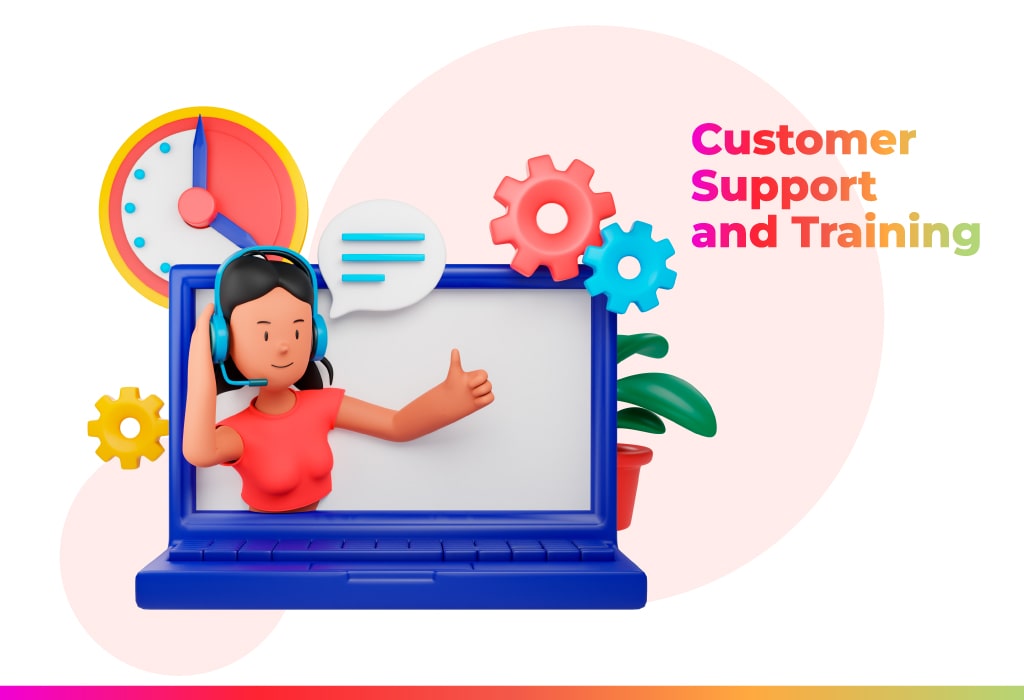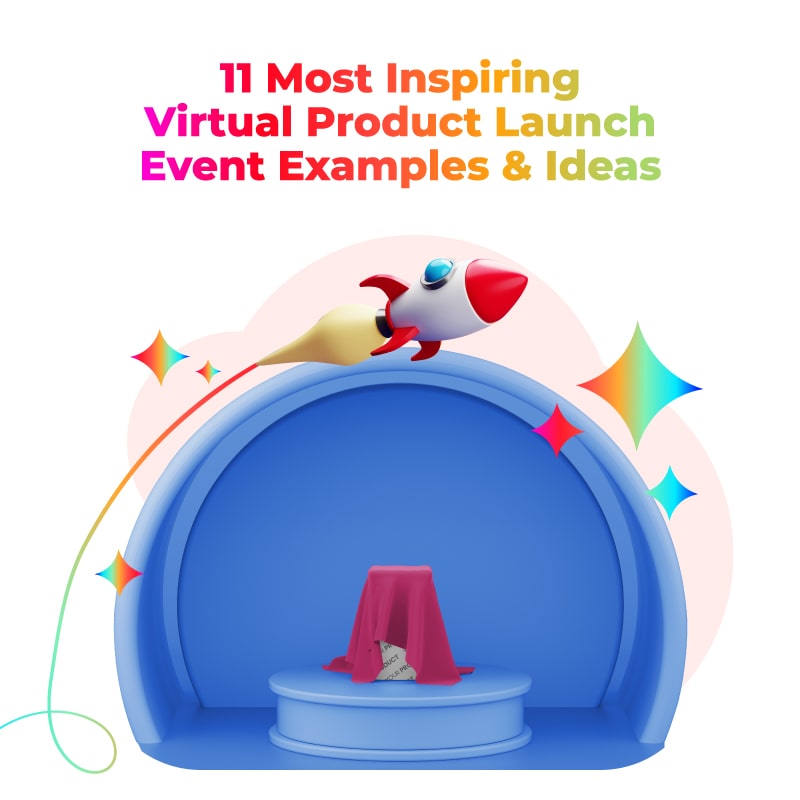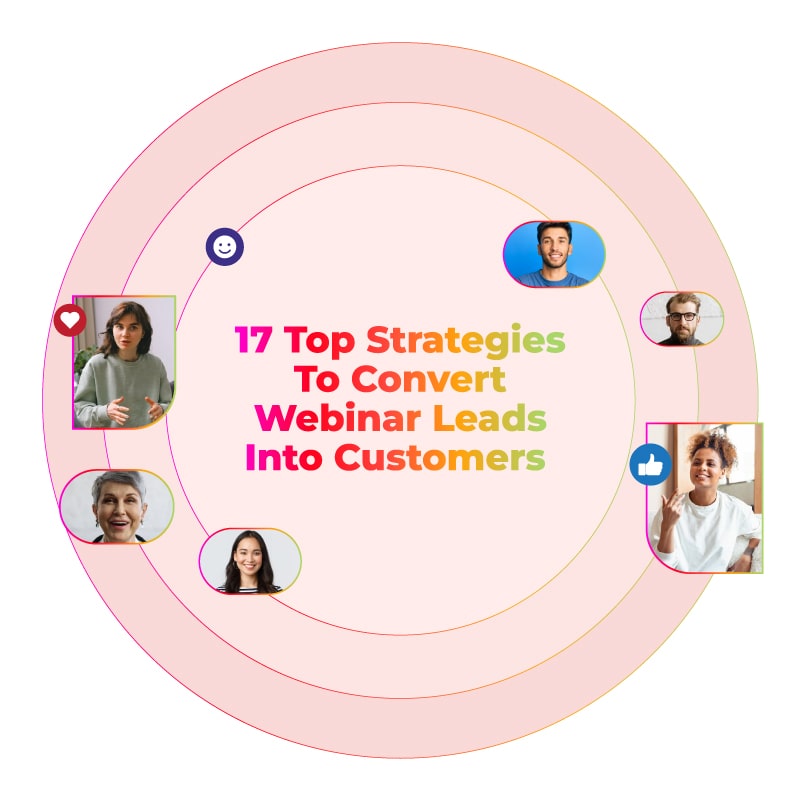Webinars offer a powerful platform for businesses to connect with their audience, share valuable information, and promote products or services. With the advancement of technology, organizers have been creating automated webinars to reach a wider audience without the constraints of scheduling live events. However, there are several automated webinar myths that need to be debunked and remove the misconceptions related to it. In this article, we will explore these myths and provide a clearer understanding of automated webinars.
What is an Automated Webinar?
An automated webinar is a pre-recorded online presentation or seminar that is scheduled to play at specific times or on demand. They offer the convenience of automated content delivery while retaining the engagement features of live webinars. Presenters record their presentations in advance and can schedule them to reach a global audience, making them a versatile tool for marketing, education, and lead generation. Automated webinars provide scalability, consistency, and detailed analytics for improved audience engagement and insights.

11 Myths & Misconceptions About Automated Webinars

Understanding myths and the realities of automated webinars can help businesses and educators make informed decisions. Here are the most common automated webinar myths debunked:
Myth 1: Automated webinars Could Never Replace Live Webinars
Sure, live webinars are a critical marketing strategy. No business should eliminate live webinars from their marketing since 58% of marketers use them as a promotion tool. Hosting live webinars can be helpful for special events, guest speakers, panel discussions, and any presentation when it is done once or twice where the content loses relevance immediately.
However, automated webinars become important when the webinars are going to be repetitive, delivering the same content again and again. This helps marketers to free up their time and shift their focus towards other things – which could be planning for new live webinars.
The fact that automated webinars can also work way better for repetitive content debunks the myth that automated webinars could never replace live webinars.
People believe live webinars are more engaging, authentic, and impactful. It could be true for some forms of presentations, but if you want your webinar to live longer, automating it could work best provided you use the best quality platform.
Myth 2: Automated Webinars Lack Authenticity
One common misconception about automated webinars is that they lack authenticity and personalization. Some people believe that prerecorded presentations cannot engage audiences as effectively as live events. While it’s true that live webinars offer real-time interaction and spontaneity, automated webinars can be just as authentic and engaging when done right.
Automated webinars allow presenters to refine their content, ensuring it’s well-structured and free from any technical issues. This means presenters can segment their audience and tailor content to specific demographics or interests. Additionally, automated webinars can include interactive elements such as polls, quizzes, and chatbots, which can enhance engagement and make the experience feel interactive.
Myth 3: Automated Webinars Are Inflexible
Another misconception about automated webinars is that they lack flexibility. Some argue that prerecorded webinars cannot address audience questions or adapt to current events. However, with proper planning and technology, automated webinars can be flexible and responsive.
Presenters can include a live chat feature during the automated webinar, allowing viewers to ask questions in real time. While these questions may not be answered immediately, presenters can schedule regular Q&A sessions to address them. This ensures that the content remains relevant and up-to-date.
Myth 4: Automated Webinars Could be Less Engaging
Engagement is the key to webinar success. Some critics argue that audience engagement with automated webinars is less than live events because viewers need to watch a prerecorded presentation. However, determining factors of engagement are the quality of the content and the presenter’s delivery, instead of the live or automated format.
So, it’s totally a myth about automated webinars that people can’t engage with the webinars if it’s automated. Instead, the average attendance rate of automated webinars is 65%, which is 31% to 46% higher than live webinars.
To create engaging automated webinars, presenters should focus on creating compelling visuals, storytelling, and adding interactive elements. These tactics can captivate the audience and hold their attention throughout the presentation.
Myth 5: Automated Webinars Don’t Generate Leads
Another significant myths about automated webinars is that they are ineffective to generate leads like live events. In reality, automated webinars can be used as a powerful lead generation tool for the overall marketing campaign and strategy. It rather improves lead gen marketing strategy.
Presenters can collect viewer data, such as email addresses, during the registration process and use it to nurture leads after the webinar. Additionally, automated webinars can be repurposed and promoted multiple times, reaching a broader audience and generating more leads over time.
Myth 6: Automated Webinars Are Expensive to Set Up
Some individuals believe that automated webinars are expensive to host and need expensive software. While there may be initial setup costs, such as webinar software subscriptions and quality recording equipment, the long-term benefits often outweigh these expenses. Therefore, it is a myth about automated webinars to say they are expensive. Automated webinars can be a cost-effective way to reach a wide audience repeatedly by eliminating the need to go live with dedicated staff or venues.
Myth 7: Automated Webinars Are Only for Sales Pitches
A common misconception is that automated webinars are primarily used for sales pitches and marketing products or services aggressively. This myth about automated webinars is not true entirely but to some extent. Automated webinars are certainly effective for sales and marketing purposes, but they can also serve educational and thought leadership goals. Many organizations use them to deliver valuable content, share industry insights, and establish themselves as experts in their field.
Myth 8: Organizers Can’t Track Viewer’s Engagement In Automated Webinars
It’s often assumed that because automated webinars are prerecorded, presenters cannot gather meaningful viewer engagement data. It’s another automated webinar myths that they are not worth tracking the engagement. Most of the automated webinar platforms have evolved now. Modern webinar platforms provide detailed analytics, allowing presenters to track viewer behavior. We can track the watch time of the viewers, which parts of the webinar they found most engaging, and whether they completed calls to action (CTAs). This data can be used to refine future presentations and improve engagement.
Myth 9: Automated Webinars Require Extensive Technical Skills
Another automated webinar myth to be debunked is that automated webinars demand advanced technical skills. While some technical knowledge is helpful, many user-friendly webinar platforms offer templates and step-by-step guides to simplify the process. As long as presenters are comfortable with basic computer skills and have a willingness to learn, they can successfully create and run automated webinars.
Myth 10: People Can’t Interact in Automated Webinars
It’s often believed that automated webinars lack interactivity because they aren’t live. However, automated webinars can be made interactive if presenters incorporate various interactive elements, such as surveys, quizzes, and polls. Additionally, the live chat feature allows viewers to ask questions to the presenter or moderator in real-time, even if the main content is prerecorded.
Myth 11: Automated Webinars Are Only for Large Audiences
It’s a myth that automated webinars are only beneficial when you host events for large audiences. Rather, they can be equally effective for niche markets or smaller targeted audiences. Presentation automation allows presenters to consistently engage and educate their audience no matter what the size of the audience is.
Strategies to Create an Automated Webinar

Here are five essential steps to create an automated webinar:
Step 1: Choose a Webinar Platform:
Start by selecting a reliable webinar platform that offers automated webinar capabilities. Consider your specific needs, such as the number of attendees, engagement features, and pricing, when making your choice.
Step 2: Plan Your Webinar Content:
Define the purpose and objectives of your webinar. What do you want to achieve with it? Outline the content you’ll cover, create engaging visuals, and prepare any supplementary materials like slides, videos, or handouts. Ensure that your content is informative and structured to maintain audience engagement.
Step 3: Record Your Webinar:
Record your webinar presentation in advance. You can use screen recording software or the recording features provided by your chosen webinar platform. Ensure that your recording is high-quality, clear, and free from distractions or technical issues. To make sure your presentations be delivered smoothly, practice it over and over again.
Step 4: Set Up Automation:
Use the features provided by your webinar platform to set up automation. This typically involves scheduling the date and time for your automated webinar and configuring automated actions like email reminders and follow-ups. Some platforms also offer options for pre-recorded chat interactions to simulate live engagement.
Step 5: Promote Your Webinar:

To attract attendees, create a marketing plan that helps promote your automated webinar. Use various channels, including email marketing, social media, or your website. Make sure to highlight the value participants will gain from attending to encourage registrations. As the webinar date approaches, be sure to send automated email reminders to registrants.
What Features to Consider When Selecting an Automated Webinar Platform?
Selecting the right automated webinar platform is crucial for the success of your webinars and online events. There are various platforms available, each with its own set of features and capabilities. When making your decision, consider the following key features and factors:
1. Ease of Use:
An intuitive and user-friendly interface is essential, especially if you’re not tech-savvy. The automated webinar platform you choose should be easy to set up and manage webinars without a steep learning curve.
2. Automation Capabilities:
The platform should offer robust automation features, such as the ability to schedule, send email reminders, and follow-up emails to attendees and non-attendees. It should trigger actions based on viewer behavior.
3. Live Chat and Interaction:
Look for a platform that allows live chat during automated webinars. This feature enables real-time interaction between presenters and viewers, enhancing engagement.
4. Customization Options:

Automated webinar platforms should provide customization options for branding and creating a unique webinar experience. This includes the ability to add your logo, colors, and branding elements.
5. Analytics and Reporting:
Detailed analytics and reporting tools are essential for assessing the performance of your webinars. Features like attendee demographics, engagement metrics, and conversion tracking can help you refine your webinar strategy.
6. Recording and Playback Options:
Make sure the platform allows you to easily record your webinars for future use. Additionally, viewers should be able to access recorded webinars on-demand.
7. Scalability:
Consider whether the platform can accommodate your growing audience and evolving needs. It should be scalable to handle increased webinar attendance.
8. Customer Support and Training:

Responsive customer support and training resources are crucial. Look for a platform that offers tutorials, documentation, and customer support channels to assist you when needed.
9. Pricing plans and Licensing:
Compare pricing plans and licensing options to find one that aligns with your budget and usage requirements. Be mindful of any hidden costs.
10. Trial Period:
Whenever possible, opt for automated webinar platforms that offer a free trial period. This allows you to test the platform’s features and suitability for your needs before committing.
Final Words
Automated webinars are a valuable and versatile tool for businesses and individuals looking to reach and engage their audience. While there are several automated webinar myths, it’s essential to recognize that many of these are misconceptions. Automated webinars can be just as authentic, flexible, and engaging as live events when approached with the right strategy.

FAQs on Automated Webinars
The key difference is that automated webinars are pre-recorded, while live webinars happen in real time. Automated webinars can be played at set times or on-demand, while live webinars involve real-time interaction with a presenter.
Automated webinars offer several advantages, including the ability to reach a global audience, save time and resources by not having to present live repeatedly, and provide consistent and polished presentations.
Promoting your automated webinar is crucial. You can use email marketing, social media, your website, paid advertising, and other digital marketing strategies to drive traffic and registrations.






